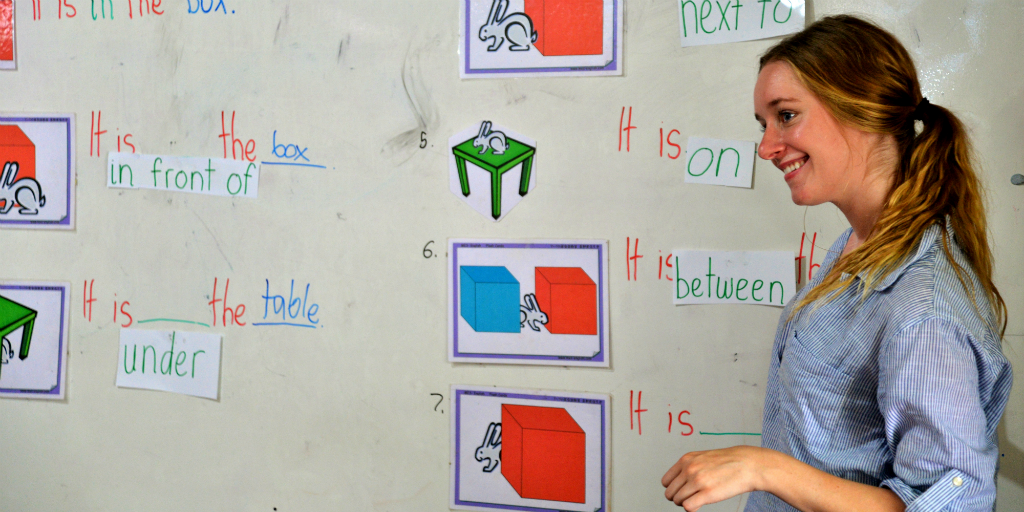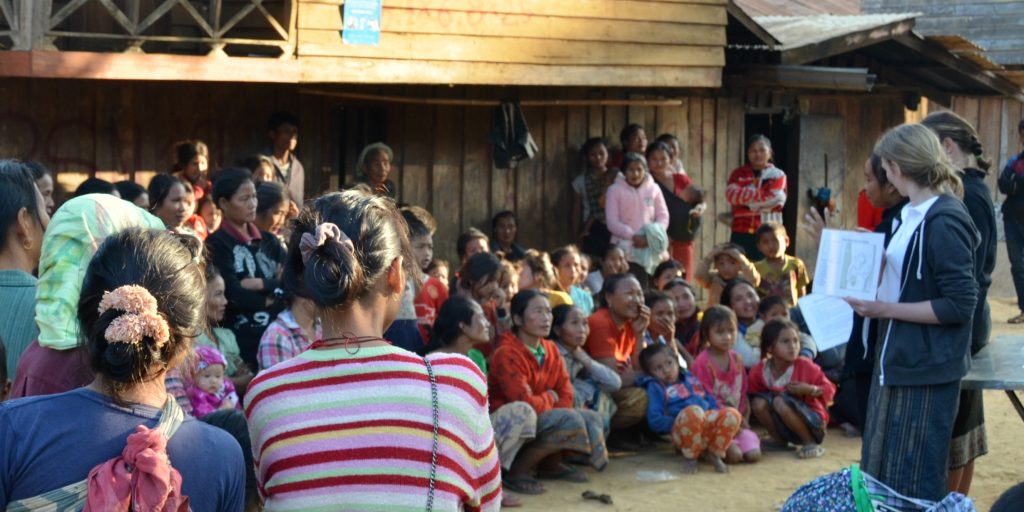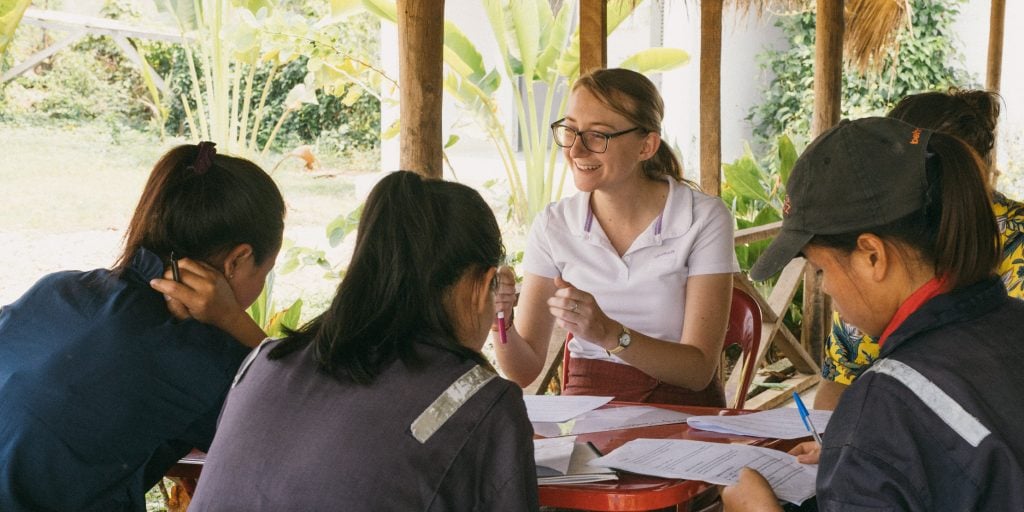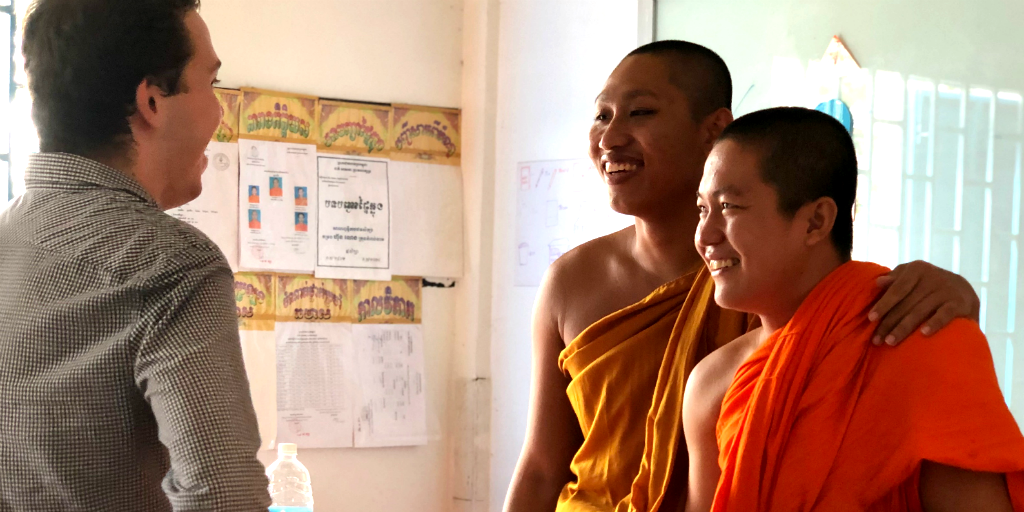
What is the official language of Laos?
Zaytoen Domingo
Posted: September 4, 2020
Did you know that Laos is a multilingual country with 86 recorded languages? But what is the official language of Laos?
You might’ve already guessed it, the official language spoken in Laos is Lao. But even though Lao is the official Laos language, it’s spoken in many different dialects across various ethnic groups.
These include Southern Lao, Northern Lao, Northeastern Lao, Central Lao, Western Lao, and the most widely understood Vientiane Lao, which forms the basis of Lao vocabulary.
But what’s the difference between these forms of Laos languages?
Well, they differ in accent, pronunciation and local expressions.
There are also other languages spoken in Laos that are closely associated with Lao. These languages include Thai Dam, Nyaw, Thai Daeng and Phu Thai.
Lao belongs to a family of tonal languages found in Asia that are known as Kra-Dai – also known as Tai–Kadai, Daic or Kadai.
Lao as a spoken language

Every language has its own unique set of rules. This may include grammar, word order, or pronunciation. Let’s take a look at the rules regarding the official language spoken in Laos.
Lao is a tonal language. This means that words are spoken using various tones to provide different meanings. Different tones can be sounded by changing the pitch of your voice.
In Vientiane Lao, there are six tones: low, mid, high, rising, high falling and low falling. Tones are determined based on the consonants and vowels in the words. In Lao, there are 33 consonants and 28 vowels, with short and long sounds.
If you’re a language enthusiast, you may enjoy reading this table of the Lao alphabet.
But don’t be overwhelmed. If you’re planning on travelling to Laos in the future, here are some basic phrases to start out with that will help you communicate across the language barrier.
Lao basic phrases

Hello – Sabaidi
How are you? – Chao sabaidi baw?
Goodbye – la gon
Yes – Jao
No – Baw
Please – Kaluna
Thank you – Khob jai
You can also watch a video on how to pronounce these phrases and more, that can help you get your tone just right.
Why learn to speak Lao?
1) Get to know Lao culture better
“A language is not just words. It’s a culture, a tradition, a unification of a community, a whole history that creates what a community is. It’s all embodied in a language.” – Noam Chomsky
Language and culture are closely related. Have you noticed that many cultures have their own language?
You can gain valuable insight into a culture by learning its language. This isn’t only limited to its alphabet and grammatical rules, but includes all forms of expression like jokes, colloquialisms and quirky sayings.
Learning the language of a particular culture will help you understand people of that culture better. People use language to communicate with one another. But, communication isn’t just through words, it also includes body language and tone of voice.
So the way someone says something might change what they mean by it. For example, sarcasm is expressed through the way a statement is made.
If you only learn a language through translation, you won’t be able to pick up on these different forms of expression.
2) Add to the list of languages you can speak

Multilingualism means that you are able to speak more than two different languages. Being multilingual is beneficial for many reasons.
You can add it to your resume and increase your chances of employment. Companies benefit from employees that are multilingual in many ways – especially when they operate around the world.
Businesses will appreciate multilingual staff members, because this means you can communicate with international clients, and help create global networks.
Being multilingual or bilingual also means you can assist with translating documents into other languages. This will make you stand out from other staff members.
And knowing more languages will also make travelling easier. Once you’ve completed your community volunteer program in Laos, you may want to go back to visit one day. Your future travel experience will be a blast if you already know how to communicate with local people.
Did you know that being multilingual is also good for your memory? In fact, being bilingual or multilingual can even delay the onset of Alzheimer’s Disease.
So how can you learn the official Laos language in the best way possible?

Have you heard about something called language immersion? Language immersion means learning a language by being surrounded by that language and communicating in it with native speakers.
The best way to do this is to spend time living in a community that speaks the language.
This way, you will pick up on the different forms of expression that you won’t be able to learn from the internet or a dictionary.
So how can you experience language immersion? You can join one of our community volunteer programs in Laos.
On our community volunteer programs in Laos, you will live in the community that you’ll be volunteering in. You will also work closely with community members involved in the program.
Interacting with local community members every day during your stay on a program will give you deeper insight into the local language and culture.
When you go back home, you’ll have learned a new language
Now you know more about the official language spoken in Laos, and some of the benefits of learning a new language.
So now you can answer the question, ”What is the official language of Laos?” Learn to speak Lao when international travel opens up again, on one of our community volunteer programs in Laos. Or, learn another language on one of our other international community volunteer programs.
Zaytoen Domingo is a junior content writer for GVI, and an alum of the GVI Writing Academy. The Writing Academy is a skills-development program that pairs development editors with budding travel writers. Learn more about the program here.
By Zaytoen Domingo


